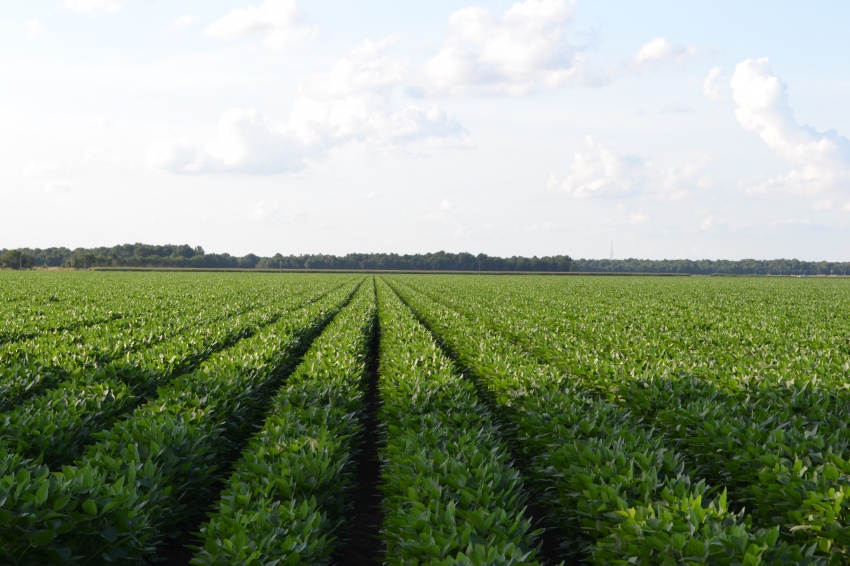To Till or Not to Till

Farmers balance weed management, crop performance and sustainability on their farm
Farmers are moving toward no-till practices, but many still rely on tillage to control weeds. Thinking ahead to the new planting season, it’s important to know which option is best for your farm.
Purdue University associate professor Bryan Young, Ph.D., says the deep-till method buries the weed seeds deep enough where many can’t germinate.
“In a deep-tilled environment, you may be removing about 80 percent of the weed seeds from the germination zone, which alleviates some of the pressure for the following year, but might increase the weed seed longevity in the soil over the years beyond that,” says Young.
Although tillage is seen as a useful weed management tactic, farmers still have a tough decision to make because reducing tillage can improve crop performance as well as farmers’ sustainability.
“We recommend no-till soil practices because it uses less fuel, conserves soil, builds soil structure and holds more water, all of which can improve yield,” says Brad Soncksen, assistant state conservationist at Natural Resources Conservation Service in Nebraska. “It also protects the soil from erosion by maintaining crop residues on the surface, allows the soils to hold more carbon and increases organic matter.”



